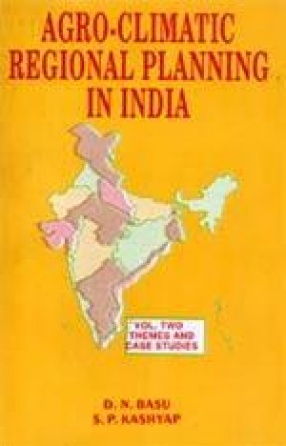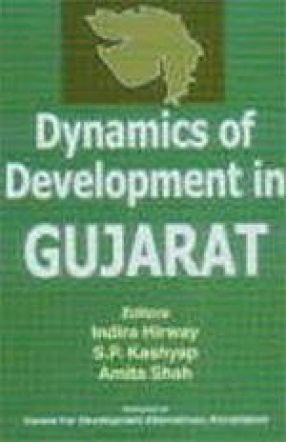Agro-Climatic Regional Planning in India
Synopsis
The genesis of Agro-Climatic Regional Planning (ACRP) in India in its present form can be attributed to late Prime Minister Shri Rajiv Gandhi. The late Prime Minister, while reviewing the work of the Ministry of Agriculture suggested, in May 1987 that the programmes of Agriculture and Rural Development needed to be reoriented along area specific lines. This idea was operationalised by the Planning Commission with the launch of the ACRP project in mid 1988. The ACRP approach differs from traditional planning in three fundamental ways. One, it begins with area specific resource mapping instead of hierarchical imposition of priorities and programmes. Two, the central thrust of the approach is long-term resource efficiency, of sustainability which is achieved by pushing the production possibility frontier without jeopardizing inter-generational growth prospects. Finally, the ACRP approach strives to strike a balance between regional priorities and national concerns. One of the significant attainments of ACRP has been the creation of a countrywide network of Scientists, Economists, Planners and other subject Experts working together on an innovative approach to agriculture planning. This is perhaps the only such attempt of creating a nexus between research and administration for planning. The outcome of the project so far has been a large body of research papers, produced variously by the Central Support Cell (ARPU) at Ahmedabad, the Zonal Planning Teams across the country and a large number of consultancy studies by leading institutions of the country. These are in the form of profile and strategy reports, sectoral studies, models and area specific plans for agriculture & allied sectors. This set, in two volumes, attempts to consolidate and present important aspects of this large volume of work. Volume One elaborates the concept of ACRP and its applications at the zone, state and district levels. Volume Two deals with amplification of ACRP through themes and cases. These include land and water resource mapping, space specific sustainable output generation possibilities, yield gaps across crops and agroclimatic zones/subzones, strategy formulations suiting local conditions, while accounting for ongoing structural changes, rural urban linkages.
Read more
49.50
44.55
$
55.00 $
Free delivery Wolrdwidе in 10-18 days
Ships in 1-2 days from New Delhi
Membership for 1 Year $35.00
Get it now and save 10%
Get it now and save 10%
BECOME A MEMBER
Books by the same authors








Bibliographic information
D.N. Basu